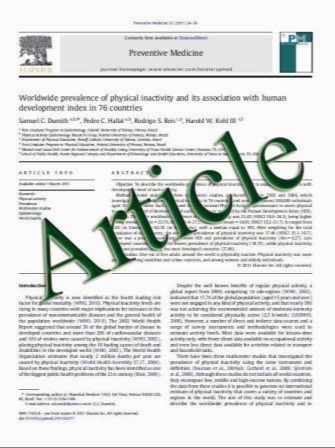Bcl2’s Flexible Loop Domain Regulates p53 Binding and Survival
- نوع فایل : کتاب
- زبان : انگلیسی
- مؤلف : Xingming Deng, Fengqin Gao, Tammy Flagg, Jessica Anderson, and W. Stratford May*
- چاپ و سال / کشور: 2006
Description
p53 not only functions as a transcription factor but also has a direct, apoptogenic role at the mitochondria. We have discovered that DNA damage-induced p53-Bcl2 binding is associated with decreased Bcl2-Bax interaction and increased apoptotic cell death in a mechanism regulated by Bcl2’s flexible loop regulatory domain (FLD), since purified p53 protein can disrupt the Bcl2/Bax complex by directly binding to a negative regulatory region of the FLD (amino acids [aa] 32 to 68). Deletion of the negative regulatory region (32-68) abolishes Bcl2-p53 binding and enhances Bcl2’s antiapoptotic function. Conversely, removal of a positive regulatory region (aa 69 to 87) of the FLD, which contains the Bcl2 phosphorylation site(s) T69, S70, and S87, enhances Bcl2-p53 binding and significantly abrogates Bcl2’s survival activity. The phospho-mimetic T69E/ S70E/S87E (EEE) but not the nonphosphorylatable T69A/S70A/S87A (AAA) Bcl2 mutant displays a reduced capacity to bind p53 and potently inhibits p53-induced cytochrome c release from isolated mitochondria. Furthermore, the FLD-only aa32-87 and aa32-68 peptides but not the aa69-87 peptide can directly bind p53 in vitro. p53-induced cytochrome c release occurs through a mechanism involving Bax’s integral insertion into the outer mitochondrial membrane. Either DNA damage to cells or expression of p53 selectively targeted to the mitochondria results in Bcl2-p53 binding followed by exposure of Bcl2’s BH3 domain in association with inactivation of Bcl2’s antiapoptotic function, indicating a conformational change in Bcl2 can occur upon direct ligation of p53. Thus, Bcl2’s FLD contains both positive and negative regulatory regions which functionally regulate Bcl2’s antiapoptotic activity by affecting Bax or p53 binding.
MOLECULAR AND CELLULAR BIOLOGY, June 2006, p. 4421–4434 Vol. 26, No. 12 Received 24 August 2005/Returned for modification 23 October 2005/Accepted 17 March 2006


